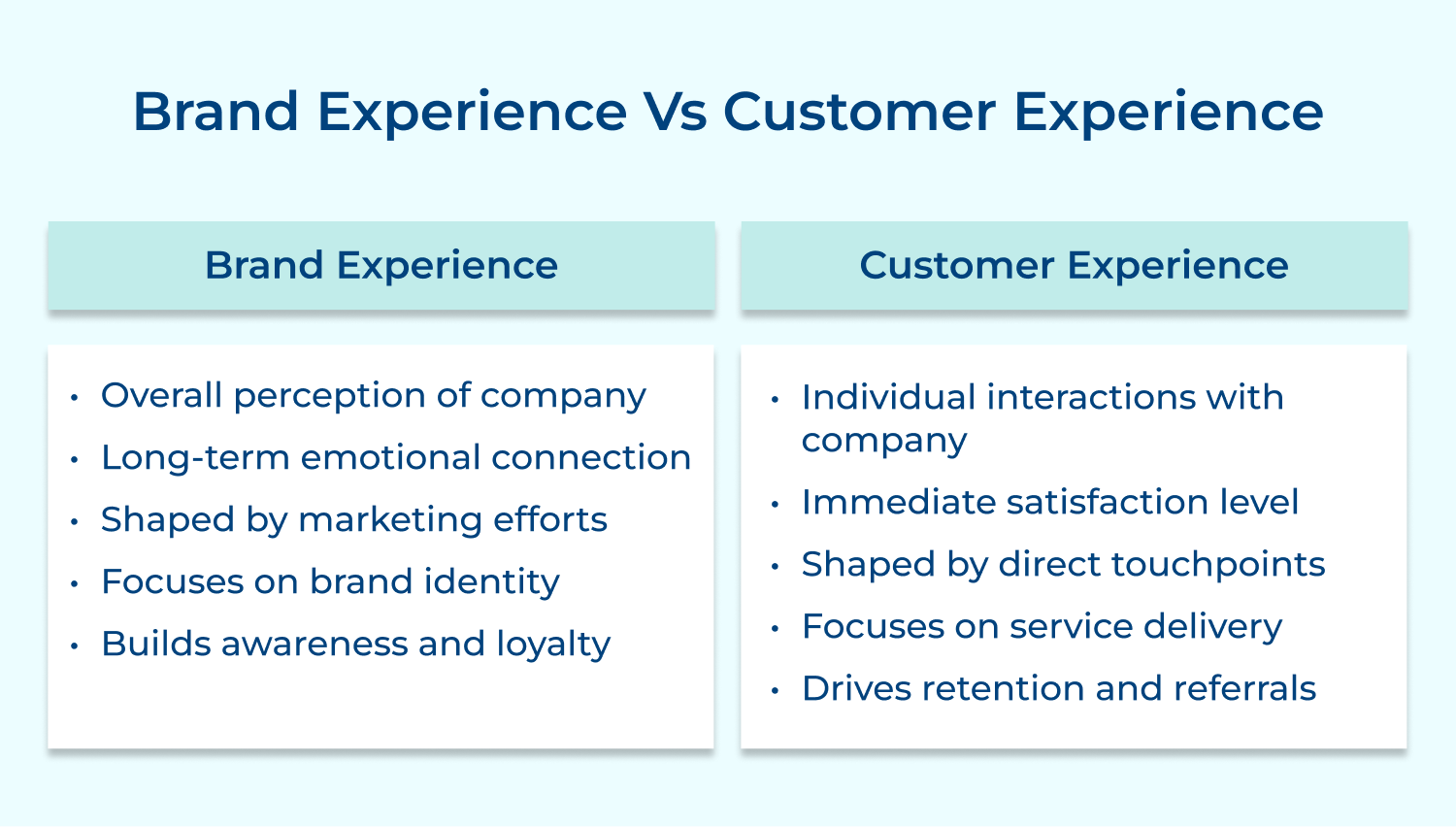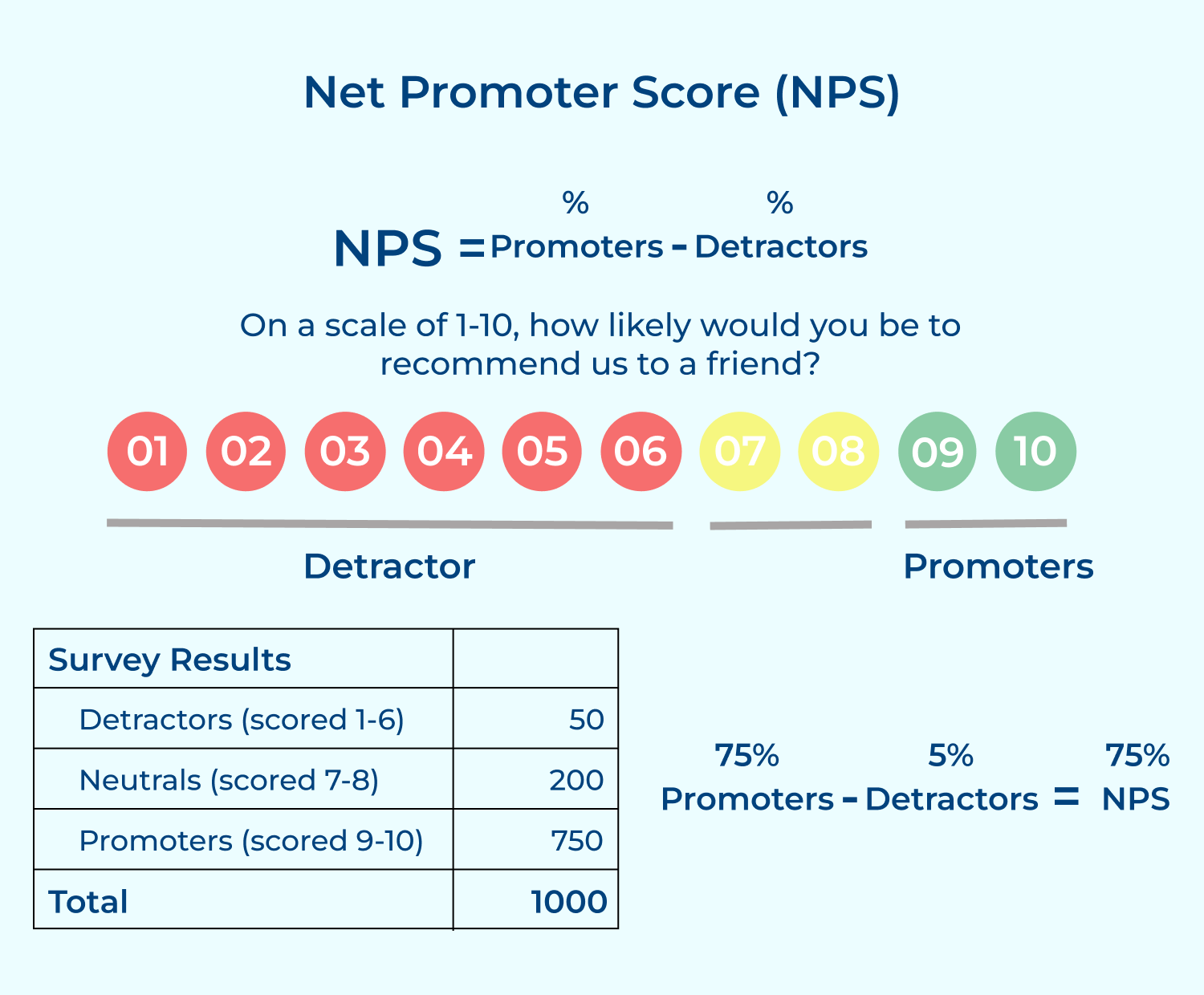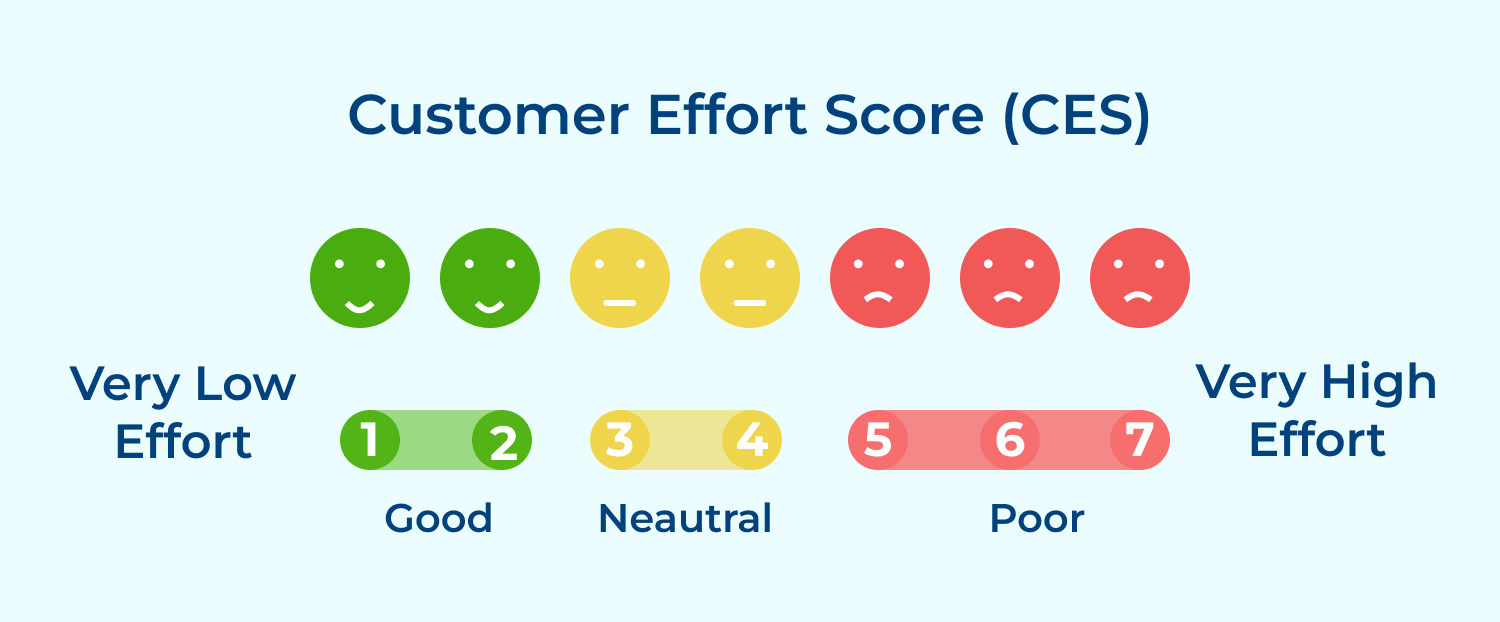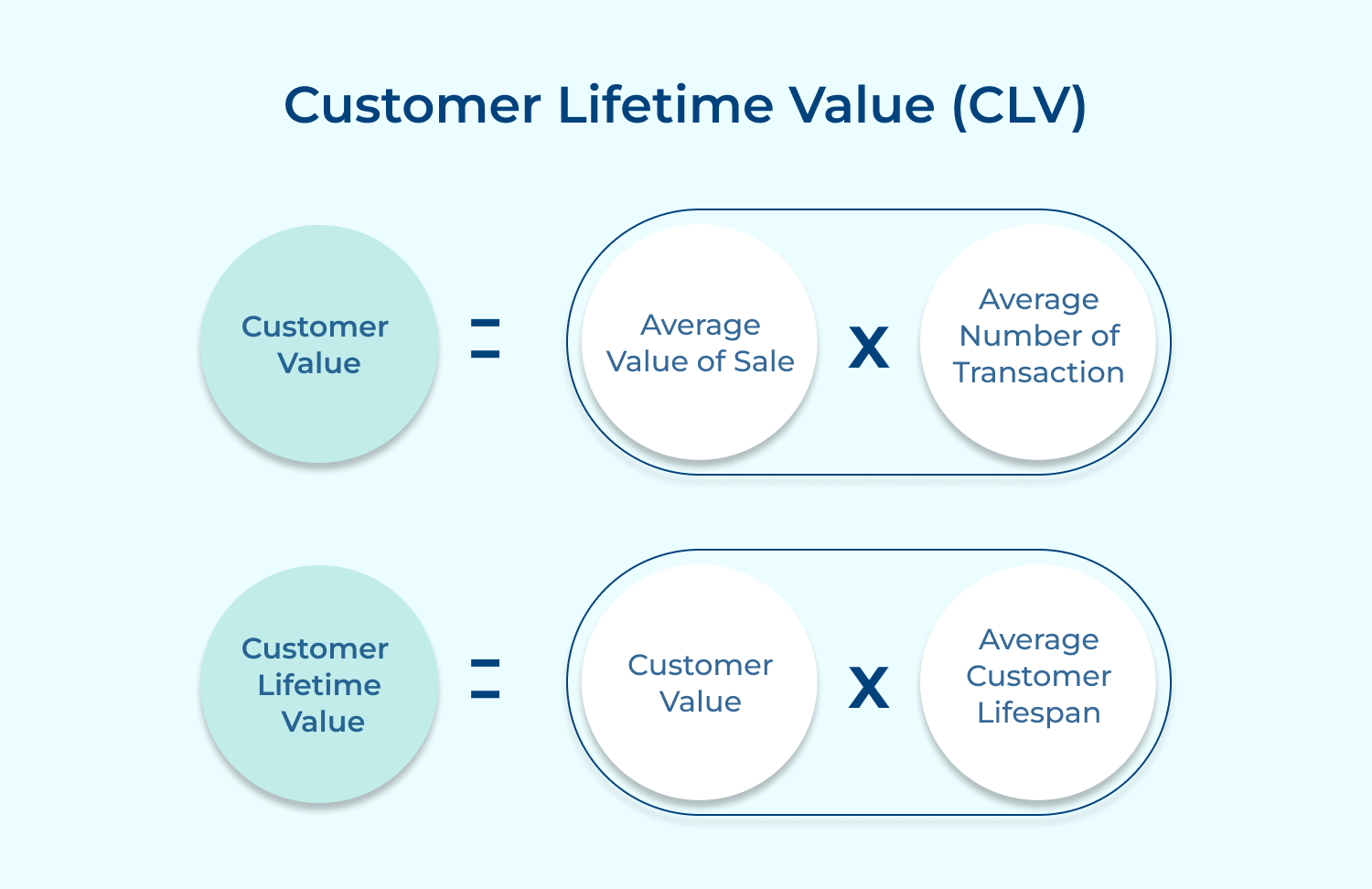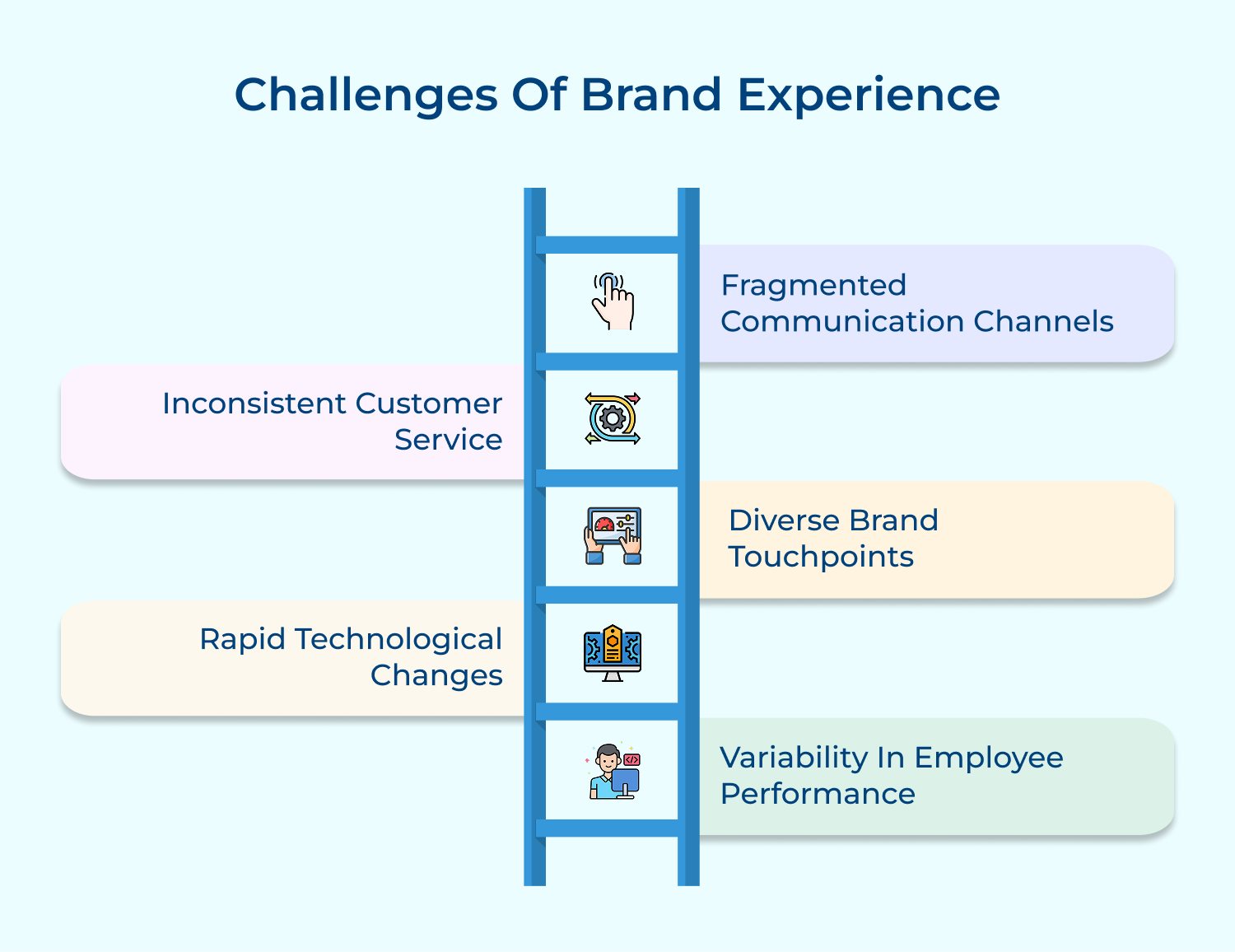1. Fragmented Communication Channels
Challenge: The proliferation of digital and traditional communication channels makes maintaining a unified brand message difficult. Different teams and platforms might convey varying messages, leading to a fragmented brand experience.
Solution: Inconsistent messaging across channels can confuse customers, weaken brand identity and dilute the effectiveness of marketing efforts. Develop comprehensive brand guidelines that outline messaging, tone and visual elements for all channels. Ensure that all teams are aligned with the brand guidelines and communicate consistently.
2. Inconsistent Customer Service
Challenge: Providing uniform customer service can be challenging, especially across multiple locations or support channels. Variations in service quality and approach can create an inconsistent brand experience.
Solution: Inconsistent service can lead to customer dissatisfaction, negative reviews and a weakened brand reputation. Implement uniform training programs for all customer service representatives to ensure consistency in service delivery. Regularly evaluate customer service interactions and provide feedback to maintain high service standards.
3. Diverse Brand Touchpoints
Challenge: Brands interact with customers through numerous touchpoints, including websites, social media, physical stores and customer service. Ensuring a consistent experience across all these touchpoints can be complex.
Solution: Discrepancies between touchpoints can lead to a fragmented brand experience and reduce overall customer satisfaction. Create a seamless experience by integrating online plus offline touchpoints, ensuring a cohesive brand message and service. Conduct regular audits of all touchpoints to identify and rectify inconsistencies.
4. Rapid Technological Changes
Challenge: The fast pace of technological advancements can disrupt brand consistency. New platforms or tools may require updates to existing processes and touchpoints, which can lead to temporary inconsistencies.
Solution: Technological disruptions can impact the uniformity of the brand experience and create confusion among customers. Implement agile processes to quickly adapt to new technologies while maintaining brand consistency. Regularly update brand guidelines to include new technologies and platforms.
5. Variability in Employee Performance
Challenge: Different employees may interpret and execute brand guidelines differently, leading to variability in how the brand experience is delivered.
Solution: Inconsistent performance among employees can create a disjointed brand experience and undermine customer trust. Offer detailed brand guidelines and training to ensure all employees implement them consistently. Provide ongoing support and resources to employees to help them align with brand standards.
Noteworthy Examples of Brand Engagement
Brand experiences create memorable, immersive interactions that strengthen the emotional connection between consumers and companies. Here are five real-life examples of exceptional brand experiences:
1. Nike’s House of Innovation
Nike’s House of Innovation stores, located in New York, Shanghai and Paris, offer a futuristic retail experience that blends digital technology with physical shopping. These stores feature customization labs where customers can design their own shoes, augmented reality displays for trying on clothes virtually, the app-enabled services like self-checkout and reserved lockers for online orders. The stores also showcase local artists and host community events, creating a unique, immersive brand experience that goes beyond traditional retail.
2. Airbnb’s “Night At” Campaign
Airbnb’s “Night At” campaign offers once-in-a-lifetime experiences in extraordinary locations. For example, they’ve allowed guests to spend a night in a shark aquarium, the Louvre Museum, and even a floating house on the River Thames. These experiences, while limited to contest winners, generate significant buzz and reinforce Airbnb’s brand promise of unique, memorable stays. The campaign embodies the brand’s ethos of belonging anywhere and creates powerful emotional connections with both participants.
3. Red Bull’s Stratos Jump
Red Bull took brand experience to new heights (literally) with the Stratos project. In this event, Felix Baumgartner jumped from the stratosphere, breaking three world records and capturing global attention. The extreme sports event perfectly aligned with Red Bull’s brand image of pushing limits and “giving wings” to people.
The live-streamed event garnered millions of viewers and extensive media coverage, creating a shared experience that dramatically boosted brand awareness. It reinforced Red Bull’s association with extreme sports and human achievement.
4. Disney’s MagicBand
Disney’s MagicBand technology in its theme parks exemplifies how a brand can use technology to enhance customer experience. These wearable devices serve as hotel room keys, park tickets, FastPasses for rides and even a payment method. By streamlining these processes, Disney removes friction from the guest experience, allowing visitors to immerse themselves more fully in the magic of the parks.
The technology embodies Disney’s commitment to innovation and guest satisfaction, creating a seamless, enchanting experience that aligns perfectly with the brand’s promise of magic.
4. Guinness Storehouse in Dublin
The Guinness Storehouse in Dublin offers visitors a multi-sensory brand experience. The seven-story building is shaped like a giant pint of Guinness. It takes visitors through the history, brewing process and cultural impact of the iconic beer.
Visitors can learn to pour the perfect pint, enjoy a 360-degree view of Dublin from the Gravity Bar, and even have their faces printed on the foam of a pint. This immersive experience not only educates visitors about the product but also deeply connects them to the brand’s heritage creating lasting memories and brand loyalty.
Key Insights into Effective Brand Experience
Brand experience plays a crucial role in fostering customer loyalty and establishing a distinct market presence. Companies such as Apple, Starbucks, Nike, Tesla and Airbnb highlight the significance of a cohesive and engaging brand experience.
Aligning touchpoints, messaging and interactions with customer expectations enhances satisfaction that strengthens brand identity. A well-executed brand experience not only creates lasting impressions but also drives sustained growth.
Achieving consistency and relevance across all customer interactions is essential for differentiation in a competitive landscape. Effective management and continuous innovation in brand experience are key to building long-term customer relationships.

